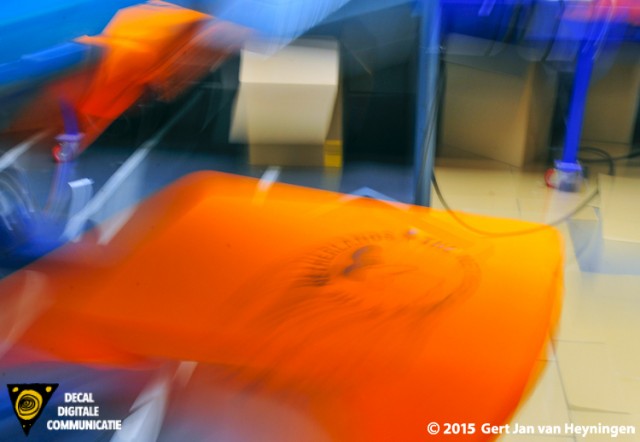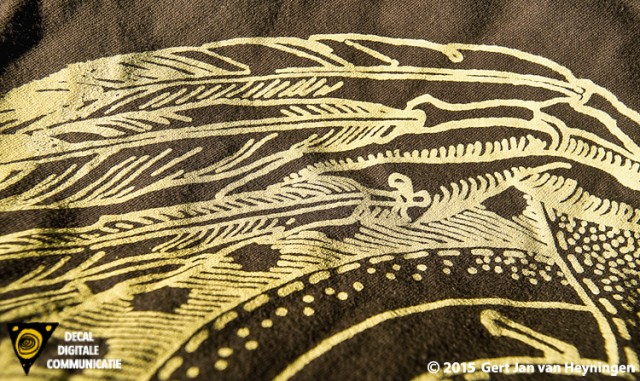Curing of printed fabrics
Maximum durability for retail fashion and promotional textiles. That’s the most important part for the screenprinter or textile printer. Regardless of what ink technology is chosen, screenprinting remains the most reliable and durable technology to decorate clothing. Curing or polymerising of inks on printed fabric is an inseparable part of it.
Any fabric requires the right choice of ink technology with the corresponding curing process. The screenprinter has that expertise and knows what the guidelines are for washing at certain temperatures. These are all clearly defined in standards that are higher than the recommended washing instructions on the label and are based on a binding sustainability profile with ethical and environmental responsibility.

Discharge inks
Discharge is the etching away of the reactive dye from the organic cellulose fibre of cotton. The colouring of the original fibre becomes visible, and the softness and suppleness of the fabric is optimal. The benefits are that the fabric is fine for washing and ironing and the printed shirt is fully breathable; for fashion streetwear this is an absolute requisite on dark fabrics. Moreover, with pure discharge inks, ultimately no more harmful substances are present in the textile.

However, screen- and textile printers are dependent on information from the supplier of the fabric about whether or not the shirts are dischargeable. A violet, green or royal blue coloured textile is not among the options for
etching discharge away – simply because these basic dyes are not reactive. Re-dyed shirts (clothing that is re-dyed in response to market demand) do not give the desired effect. The information from the textile supplier is vital; they must be aware of the goods that can be supplied for discharging. This technique is certainly productionefficient at low cost.


